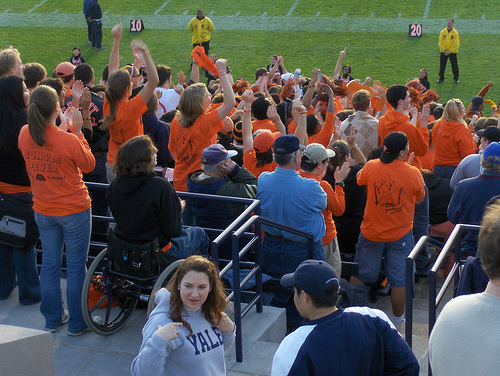Tips for the SAT Writing: Part IV

Diction Errors
The SAT will frequently test your ability to recognize errors in diction, or word choice. One way that the SAT often tests this concept is by including an adjective where there should be an adverb. For example:
After their team won the championship, the fans cheered loud and continuous.

Since the sentence is describing how the fans cheered, we need adverbs in the sentence. It should read: “The fans cheered loudly and continuously.” The SAT tests this concept several times on each exam, so it is important to remember that when you are describing how a verb is performed, be sure to include an adverb, a word that ends in “-ly.”
Comparative-Superlative
When you are comparing two things, avoid the word “most” and words that end in “-est.” For example, you cannot say:
Between Frank and Rob, Frank was best student.
Instead, use “-er” words when comparing only two things. For example,
Between Frank and Rob, Frank was the better student.
You can use the word “most” and words that end in “-est” when you are comparing three or more things. For example,
When Eric, David, and Adam run, David usually finishes with the fastest time.
Words Pairings
The following word pairings are commonly tested on the SAT:
- The word condition is paired with either of or for
Ex: A high GPA is an essential condition for acceptance into a good university.
- Neither is always paired with nor
Ex: Jeremy knew that he wanted neither steak nor lobster for dinner.
- Either is always paired with or
Ex: David decided that he would attend either Stanford or Notre Dame.
- Preoccupied - with
Ex: Sarah is preoccupied with music
- Regarded is paired with as
Ex: Dan is regarded as the best tennis player in his school.
- Consistent - with
Photo by Joe Shlabotnik.


